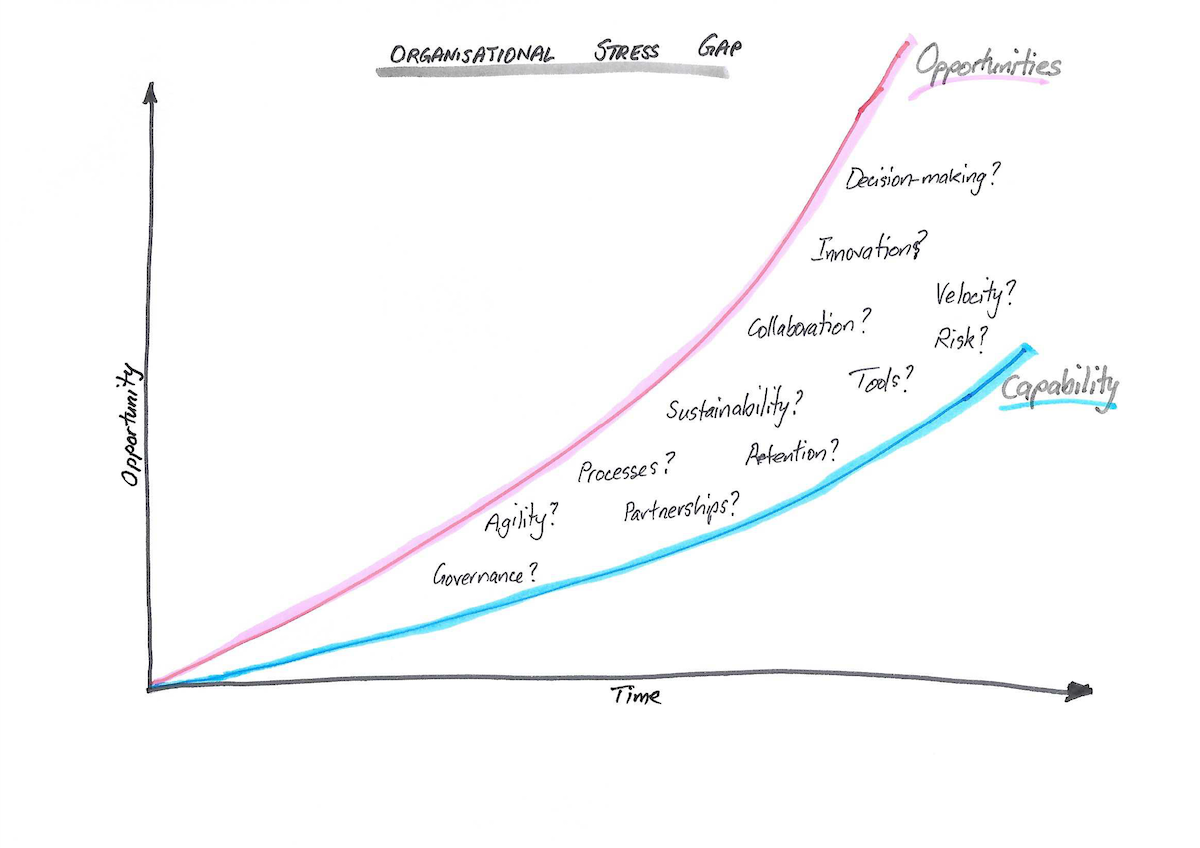Outputs are the “what” we produce, while outcomes are “why” we make the effort. And while they are only experienced after delivery of some work, if we care about success we must find out what those desired outcomes are before we start. (The following diagram is a simplified version of an excellent description on the UK National Audit Office website.)

But I want to look at outcomes because they are at the core of many frustrations.
I have chose three common problems to illustrate how outcomes can be used to refocus an initiative.
“We completed the work on time, within budget and according to the specification but the executive sponsor is still disappointed with the result…”
This question means the delivery team didn’t know what the executive sponsor’s expectations were.
There are often several layers of hierarchy between the executive responsible for the money invested in an initiative and the team delivering it. That team needs two important pieces of information before they start:
Who ultimately decides if this is successful or not?
How will they measure that success?
The answer to the first question provides guidance on who the team should ultimately listen to when making decisions. And knowing how that executive sponsor is going to judge their initiative means the team can stay focused on what really matters.
“This thing is just spinning wheels, the requirements keep changing and new features are constantly being added. The team is starting to lose enthusiasm…”
The agreed outcome should be your guiding light, not the list of features in a backlog. This is how you keep all the stakeholders aligned despite the distractions of new ideas, new insights or discovered obstacles.
It is important to periodically check with the executive sponsor that their desired outcome has not changed. I can change and it is best to know this as early as possible so you can regroup appropriately.
But assuming the desired outcome has not changed, the discussion should centre on how the team can achieve the outcome with the available resources and time left. This allows you to have an informed conversation with the executive sponsor if that becomes necessary.
The question moves from, “do we really have to add that new feature?” to “how does this new feature enhance our ability to achieve the desired outcome?”
“This work is so prescriptive. The team doesn’t feel engaged because they don’t see their creative talents being used. All the decisions have already been made…”
This sentiment indicates a delivery team who have been given the solution without reference to the impact such a solution is expected to have on the organisation.
For example, the desired outcome might be a higher conversion rate when people contact the call centre. But until you know at what point customers are dropping out and why, it doesn’t make sense to redesign your call centre scripts, or overhaul internal training or compare your marketing and offers with your competitors. Each of these may be part of the solution needed but the point of the exercise is to improve the conversion rate, not to design a better process.
As the medical meme says: “Brilliant surgery. Well done! Shame the patient died.”
The impact, the outcome, is what is most important.


